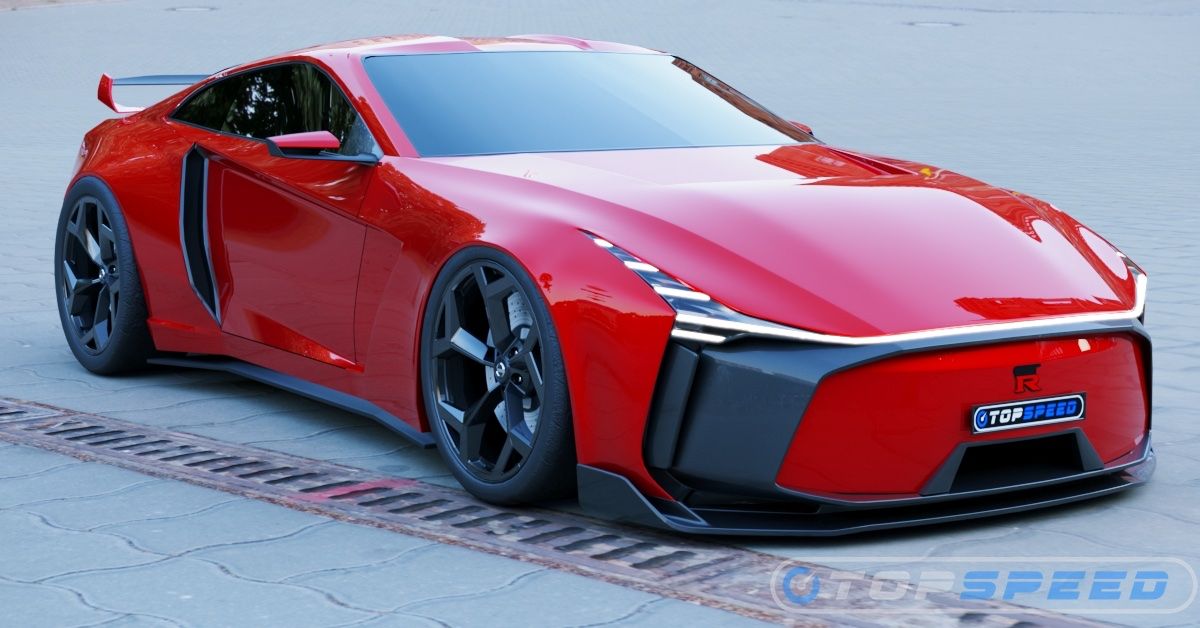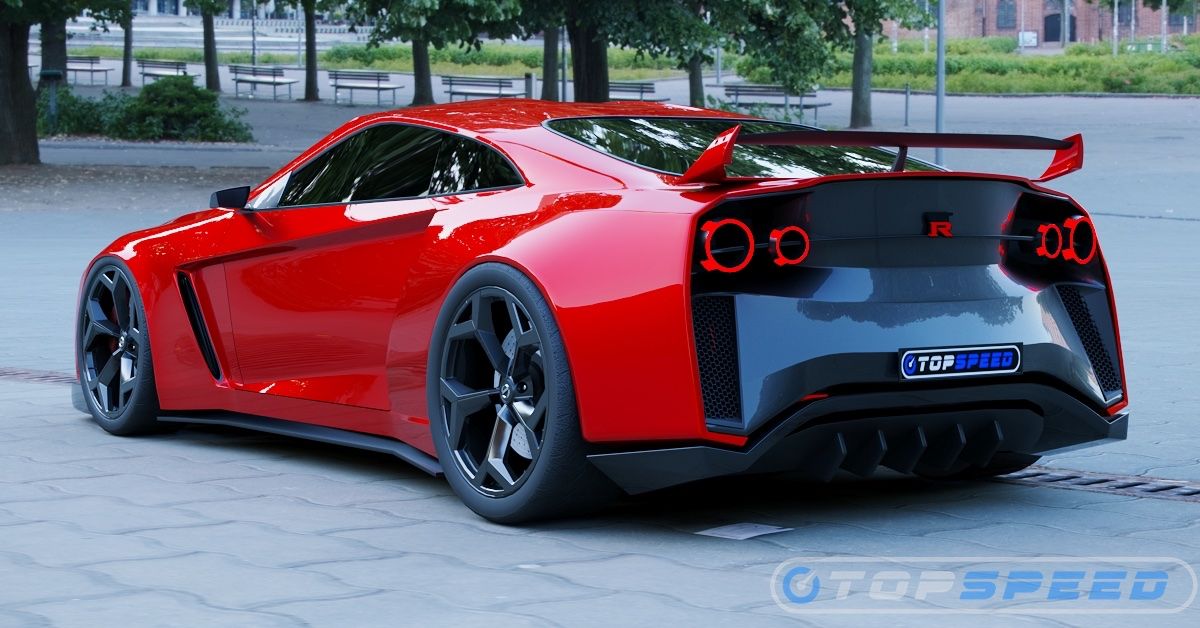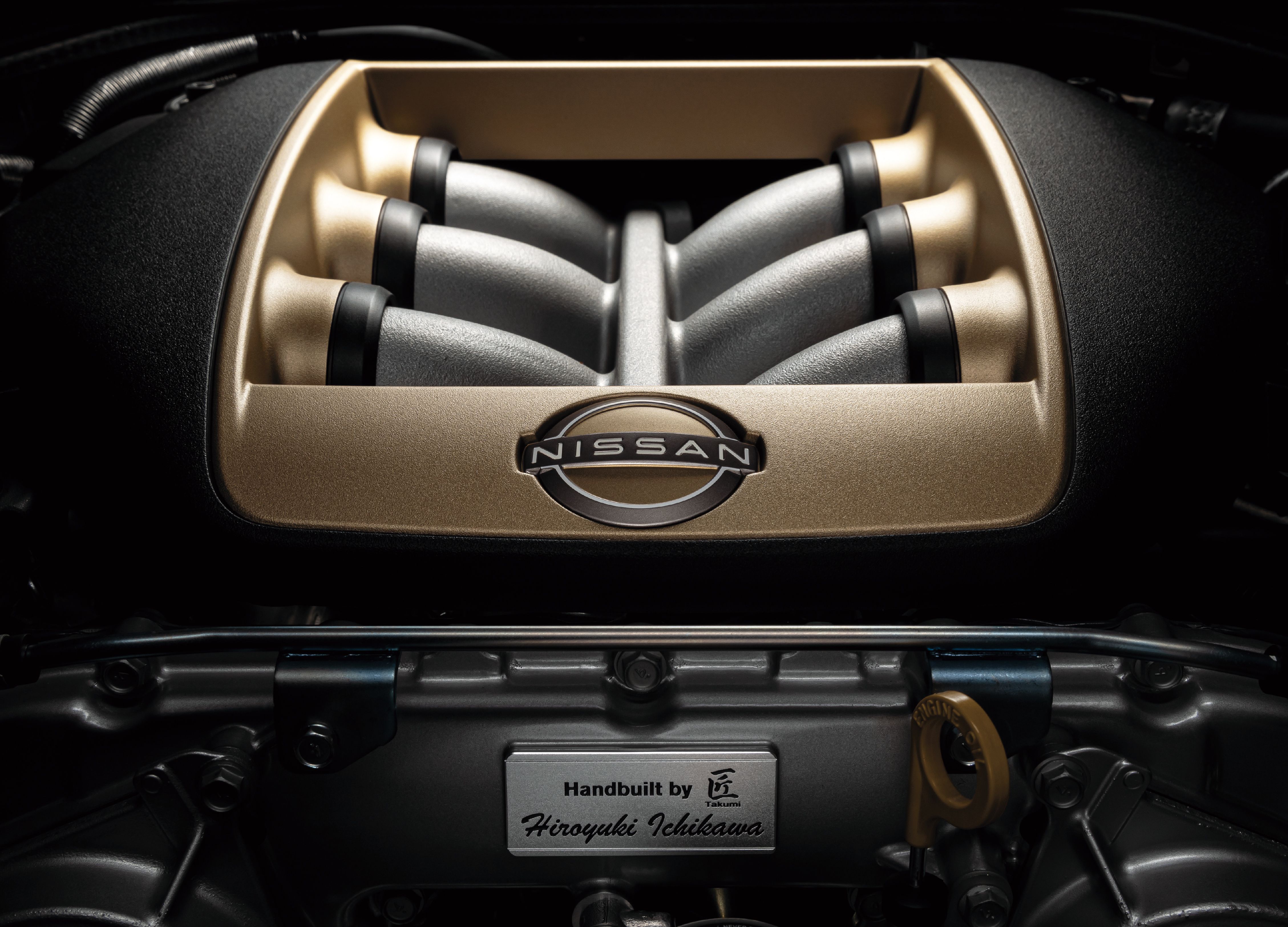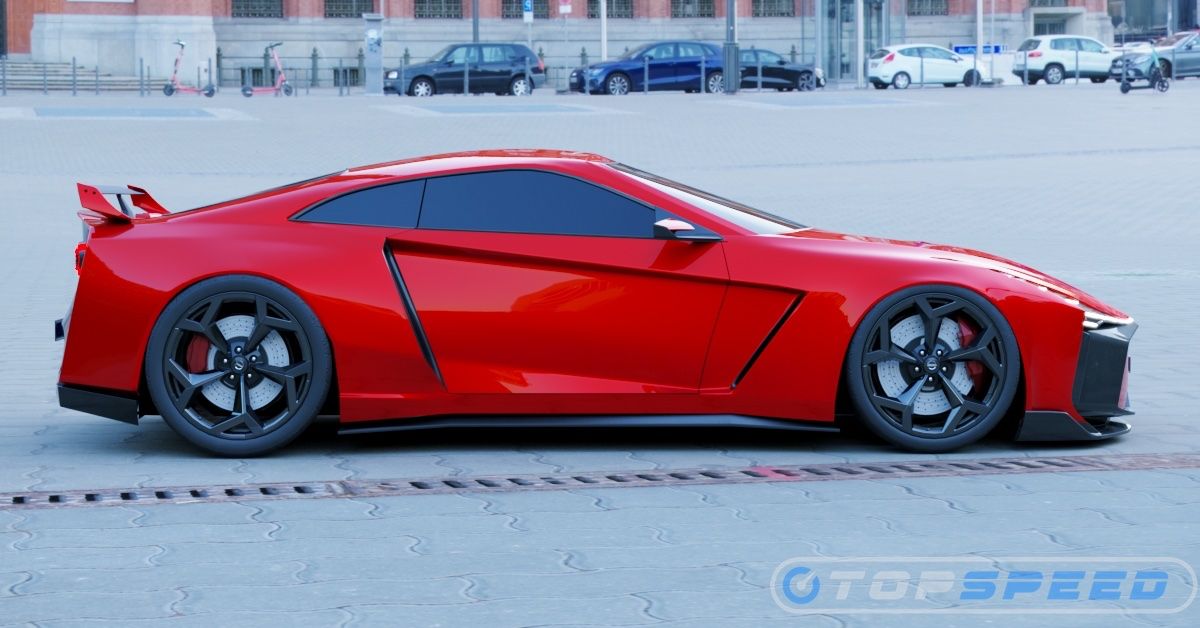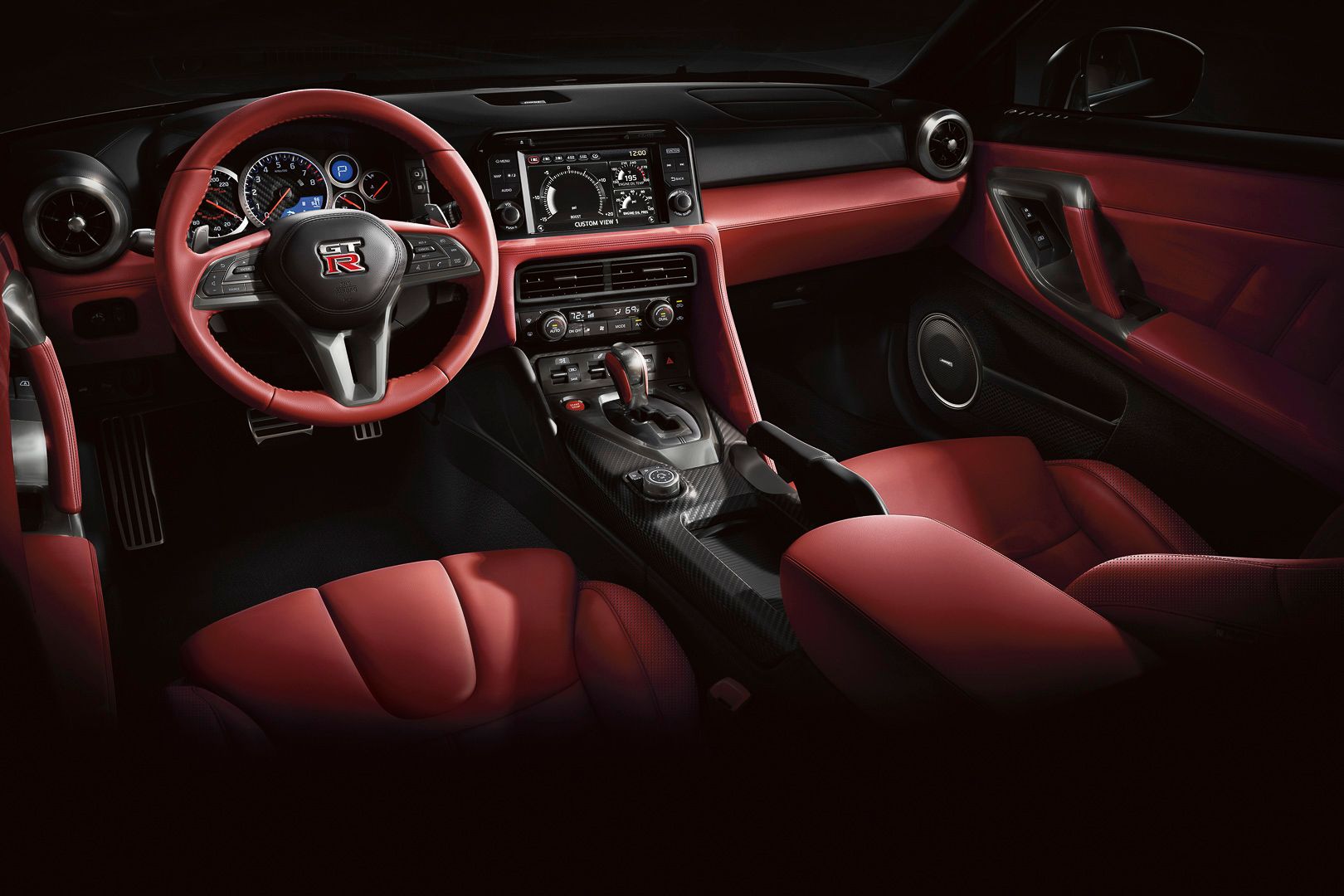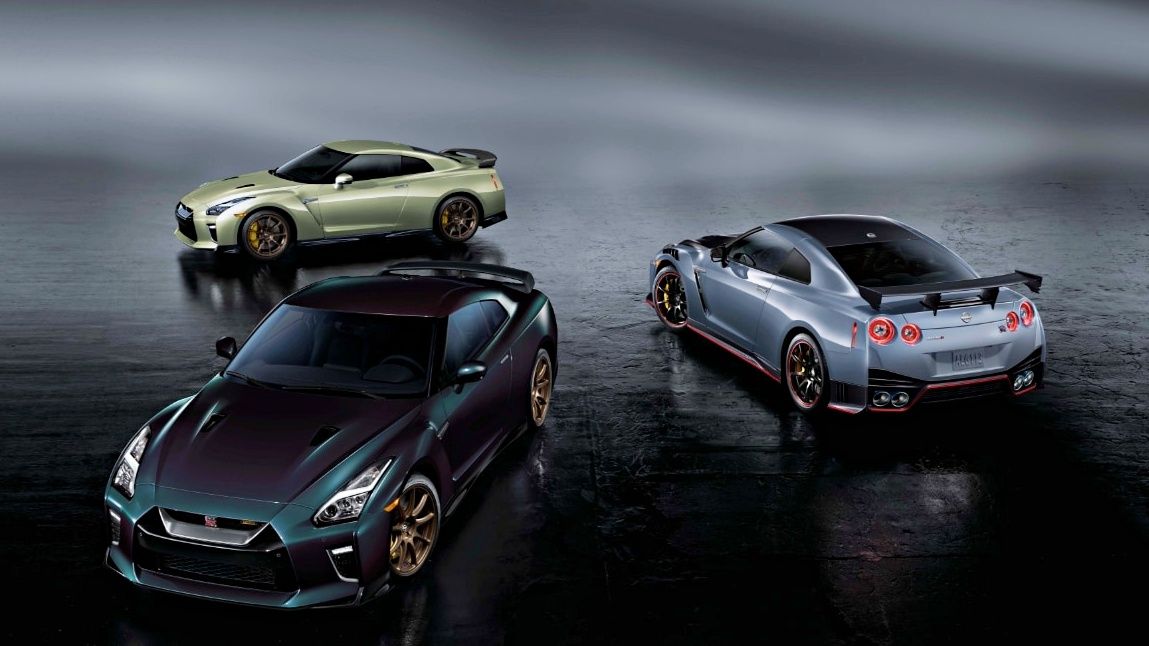An all-new Nissan GT-R was introduced at the 2023 Tokyo Auto Show, for the 2024 model year, and it will feature a hybrid powertrain. An R36 generation was long overdue because the current R35 GT-R has been around since 2008. While the platform proved capable enough to stave off the competition for a few years, the likes of Porsche and Ferrari eventually caught up with all-new, faster models. The GT-R moniker carries plenty of heritage and with it, a lot of weight, which is why Nissan really needs to be on its game in order to make the next-generation Godzilla into a proper competitor like it did with the R35, and here's how it could happen.
A New Chassis
Nissan’s latest iteration of the Z may be a new model, but it’s not an all-new product. Instead, the 2023 Nissan Z is a parts-bin special as the chassis is a direct carry-over from the 370Z – a car that debuted in 2008 and like the R35 GT-R, was in desperate need of a successor. Even when pitted against the old 370Z, the 2023 Nissan Z isn’t as comfortable near the limit.
The Premium Mid-ship platform that underpins the R35 GT-R has aged surprisingly well, which is why it may continue to serve in the R36 generation. Moreover, the R35 platform is not as old as the one in the Nissan Z, which can trace its roots back to the 2001 Nissan Z Concept that would, eventually, lead to the 350Z. One key difference will be that the R36 GT-R platform will be adapted for a hybrid powertrain.
A More Efficient Engine
While not yet confirmed, the VR38DETT engine will likely, still serve as the internal-combustion part of the R36’s hybrid powertrain. In order for the new GT-R to be more environmentally friendly, Nissan might make a couple of improvements. As the abbreviation suggests, the smaller VR30DDTT engine seen in the Nissan Z and Infiniti Q50/Q60 models features direct fuel injection – something the 3.8-liter, twin-turbo V-6 never got over its 16-year service. The 2024 Nissan GT-R is a perfect chance for Nissan to prolong the engine’s life, by including this increasingly-common feature.
The R36 Should Not Go The Downsizing Route
Given the latest trends in downsizing, which have extended to the world of high-performance vehicles, a possible candidate for the next GT-R engine is the VR30 DDTT. The 3.0-liter, twin-turbo V-6 has already proved to be a tuner’s delight, being capable of GT-R-beating performance with just the basic mods. As good as that engine is, however, Nissan should not retire the venerable 3.8-liter V-6, which clearly has untapped potential.
The Porsche 911 – the GT-R’s main competitor – may have gone the downsizing route with a 3.0-liter, twin-turbo flat-six, but the flagship Porsche 911 Turbo and Turbo S models still rely on the 3.8-liter, twin-turbo flat-six, even if displacement has gone slightly down effectively making it a 3.7-liter. The bigger engine is a signature trait of a flagship model and translates into a higher performance potential.
A New Transmission
The Nissan GT-R may not need a new engine, but it desperately needs a new transmission. The six-speed, dual-clutch automatic, co-developed with BorgWarner, has been continuously tweaked and refined over the R35’s production cycle, but it is no longer on par with the latest automatics in the segment. The question remains, what transmission will the R36 GT-R have?
The partnership with Mercedes could make the nine-speed automatic, developed by Daimler AG Jatco, seen on the Nissan Z and the majority of the current Mercedes lineup, the logical choice. Then again, we are talking about the Nissan GT-R, and a car with such status deserves its own transmission. However, it is unlikely that Nissan will go out of its way and spend money on developing a new system for a single model.
The R36 GT-R Would Need To Go On A Diet
The Nissan R35 GT-R was never a light car, not even in the more track-oriented, V-Spec and NISMO versions. Curb weight was always over 3,790 pounds (1,720 kg), which by modern standards is slightly more acceptable than a few years ago. To put things in perspective, the current Porsche 911 Turbo S tips the scales at 3,615 pounds (1,640 kg).
The German rear-engine sports car is also about to get a hybrid variant sometime between 2023 and 2024, so it will be interesting to see how the weight issue is addressed by the companies. As for the car, itself, the body will likely feature more extensive use of carbon fiber and other exotic materials. The R35 GT-R featured a steel monocoque with aluminum sub-frames. Most of the body was aluminum, but the rear section was mostly made out of steel. Nissan is yet to reveal more details regarding the R36 GT-R's hybrid powertrain, so we have no way of predicting how much heavier the new Godzilla will be.
The Japanese automaker already confirmed that the Nissan R36 GT-R’s hybrid powertrain will feature KERS technology, derived from its LMP1 Hybrid race car, so we know it will not be a mild-hybrid system. Rather, it will be an FHEV that focuses on performance like many other high-performance models that came out over the last decade. The R36 GT-R will, likely, not have the ability to run purely on electricity, as let’s face it, no one is buying a GT-R to save the planet, and that’s perfectly fine.

